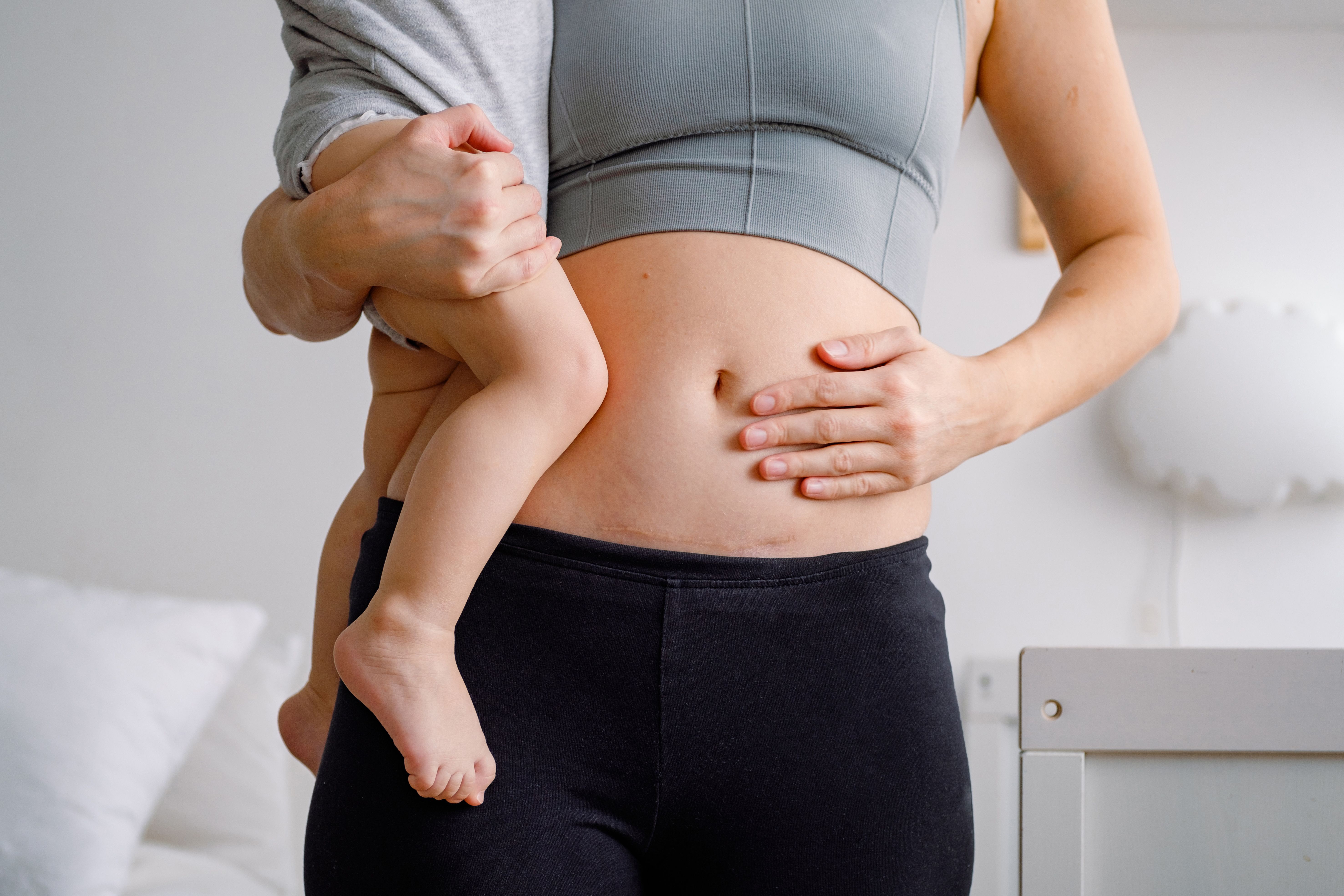Antibiotic administration during cesarean section has limited early-life gut microbiome effect
Findings show that that feeding mode is by far the most defining factor for microbial composition," wrote the study authors.
Antibiotic administration during cesarean section has limited early-life gut microbiome effect | Image Credit: © Regina- © Regina - stock.adobe.com.

Background
Authors of a recent study published in Cell Host & Microbe determined that antibiotic administration during a cesarean section has only limited effects on the early-life gut microbiome, and feeding mode was a defining factor that impacted microbial composition.1
The investigative team noted that an increasing amount of evidence supports that the gut microbiome plays a functional role in immune development among the newly born, and in chronic condition development later in life.1
Efforts to avoid unnecessary antibiotic exposure in infants have taken place, including cautiousness in prescribing prophylactic antibiotics to the mother before and during birth. This antibiotic exposure in childhood has been linked to an increased risk of diabetes, inflammatory bowel disease, asthma, obesity, and allergies later in life, stated the study authors.1,2
"Consequently, there have been efforts to avoid unnecessary antibiotic exposure in infants, including cautiousness in prescribing prophylactic antibiotics given to the mother before and during birth," wrote the study authors. "Over the last few years, obstetric guidelines related to cesarean delivery have been revised to reduce the incidence of maternal infections and neonatal sepsis."1
Study details and results
The investigative team sought to determine if the timing of antibiotics influences the gut microbiome, and conducted a randomized controlled trial (NCT06030713) that featured women delivering via a scheduled cesarean section who had received antibiotics either before skin incision or after umbilical cord clamping.1
In all, the investigators performed a longitudinal analysis on 172 samples from 28 infants at 8 post-birth time points and a cross-sectional analysis at 1 month in 79 infants from 3 cohorts. Of the 28 mother-infant pairs included in the analysis, 12 received antibiotic prophylaxis prior to skin incision (AB+ group) and 16 received antibiotics after umbilical cord clamping (AB– group).1
"To test the effect of timing of antibiotic administration on the overall microbiome on all samples in the first 6 weeks of life, we first used TCAM, a dimensionality reduction method for longitudinal multi-omics data analysis," said the investigators. "This allowed us to compare the trajectories of the microbiome changes of each infant."1
According to the AB+ group showed a significant effect on gut microbiome composition (PERMANOVA, R² = 0.05, P = 0.02). However, after adjusting for feeding mode and maternal prepregnancy BMI—both of which had significant effects on the microbiome composition (R² = 0.12, P = 0.0001 and R² = 0.06, P = 0.02, respectively)—the beta diversity trajectories and the AB group association was no longer significant (P = 0.10). Cephazolin levels in cord blood did show a significant association with beta diversity, even after adjusting for feeding mode and pre-pregnancy BMI (P = 0.03). This suggests that while antibiotic administration timing has a small effect on microbiome composition, it is less pronounced than the impact of feeding mode.1
Conclusion
"Our findings suggest that fetal exposure to antibiotics, due to maternal antibiotic administration prior to cesarean section, has only a limited effect on infant early-life gut microbiome composition and function," the authors concluded. "Moreover, our findings show that that feeding mode is by far the most defining factor for microbial composition and functionality in early life in the group of infants born via scheduled."
References:
1. Sinha T, Prins JR, Fernández-Pato A, et al. Maternal antibiotic prophylaxis during cesarean section has a limited impact on the infant gut microbiome. Cell Host & Microbe. Published online August 14, 2024. doi:10.1016/j.chom.2024.07.010
2. Yassour M, Vatanen T, Siljander H, et al. Natural history of the infant gut microbiome and impact of antibiotic treatment on bacterial strain diversity and stability. Sci. Transl. Med. doi: 10.1126/scitranslmed.aad0917
Newsletter
Access practical, evidence-based guidance to support better care for our youngest patients. Join our email list for the latest clinical updates.
Having "the talk" with teen patients
June 17th 2022A visit with a pediatric clinician is an ideal time to ensure that a teenager knows the correct information, has the opportunity to make certain contraceptive choices, and instill the knowledge that the pediatric office is a safe place to come for help.